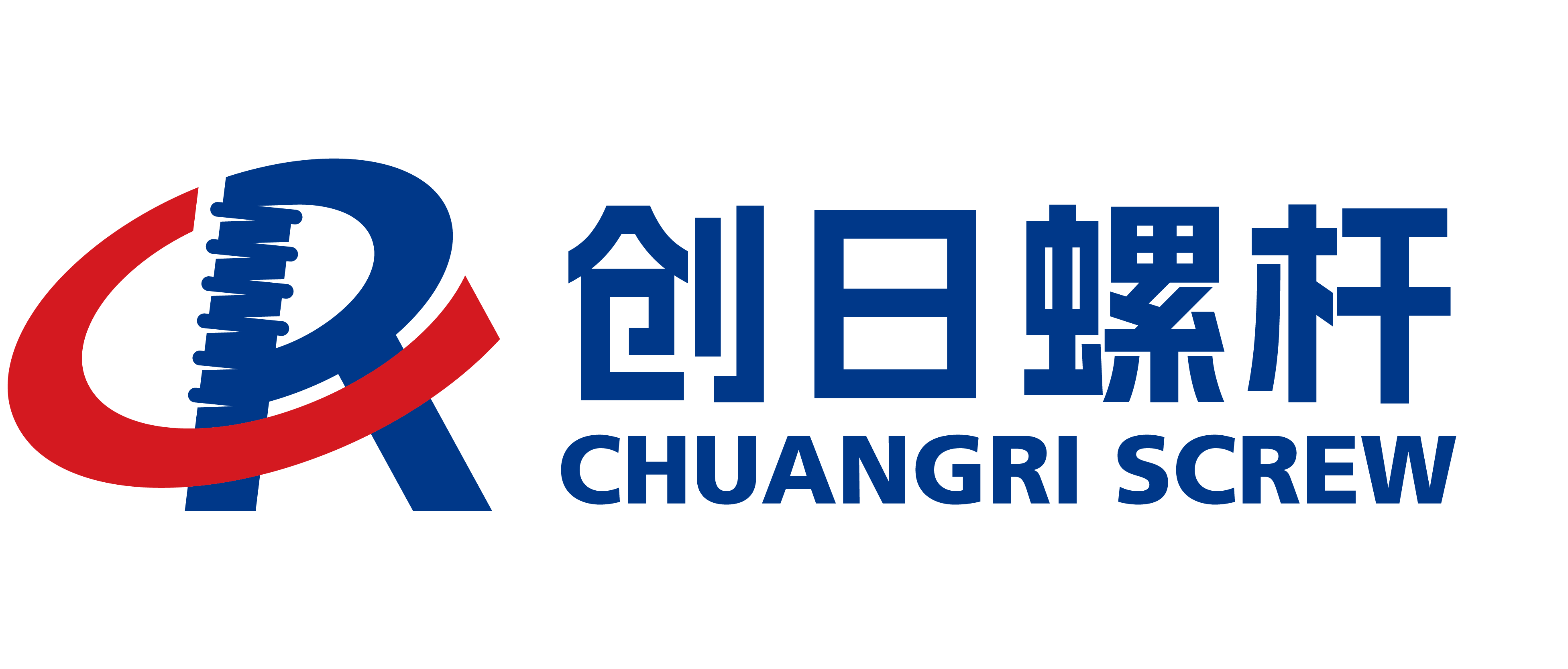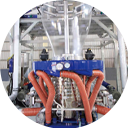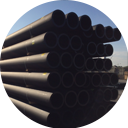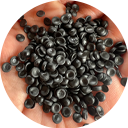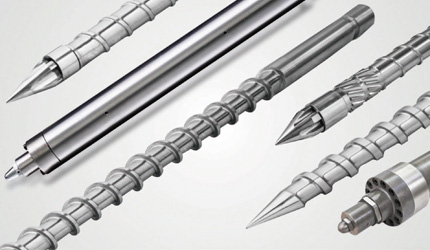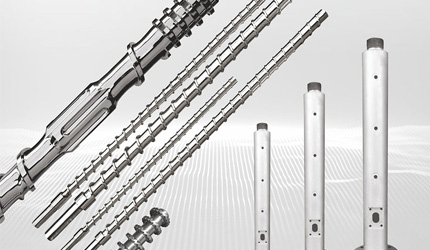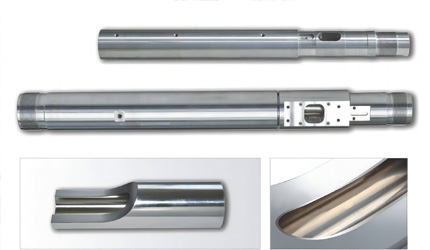How to Clean Extruder Screws Without Shortening Their Life
How to Clean Extruder Screws Without Shortening Their Life
Extruder screws are the backbone of plastics production. They fuel film extrusion, pipe crafting, and pellet recycling. A spotless screw keeps output steady, melts silky, and profits flowing. But cleaning them incorrectly can zap their life, mess up products, and pause your line. This guide spills the beans on safe cleaning hacks, clever practices, and care tips to keep screws buzzing. We’ll also shine a light on CHUANGRI SCREW, a top-tier maker whose screws crush it in tough production settings.
Extruder Screw Cleaning Essentials to Avoid Lifespan Reduction
Cleaning screws looks simple, but bad moves wreck them fast.
Why High-Temperature Flame Cleaning Shortens Screw Life
Hot flames are bad news. Acetylene torches get crazy hot, jumbling the screw’s metal makeup. They weaken nitrided or bimetallic layers, slashing resistance to scratches or rust. Plus, too much heat twists screws, messing up their fit with the barrel. That’s a surefire way to tank your setup.
Best-Practice Safe Tools and Materials
Forget rough scraping. Pick soft tools instead. Brass scrapers and copper wire brushes go easy on surfaces. Copper gauze tackles tough grime. Stearic acid melts deposits without a hitch. These keep the screw’s precise shape intact, locking in killer performance for runs like PET or PP processing.
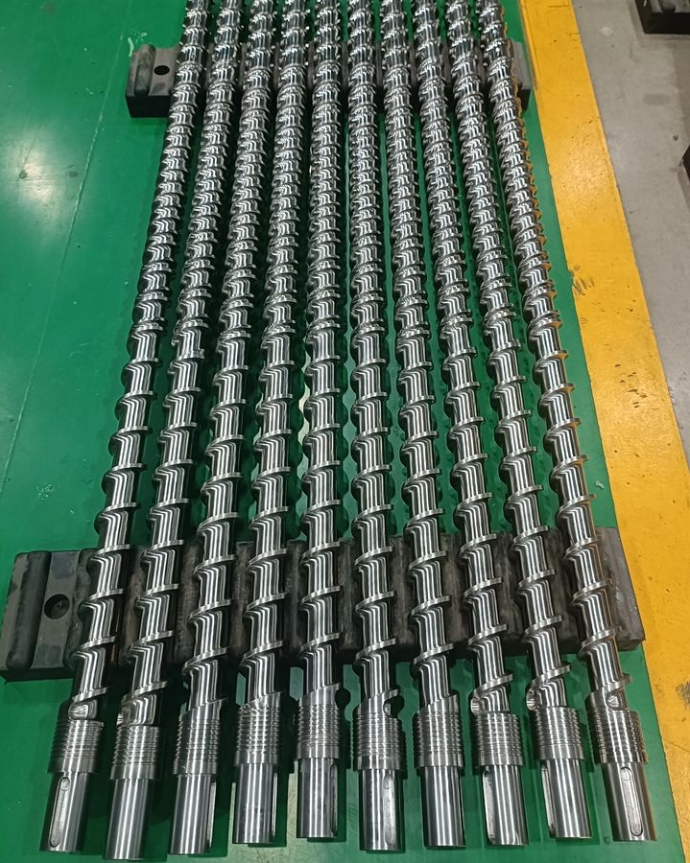
Purge-Based Cleaning Techniques for Extruder Screws and Barrels
Purging is the champ for quick, safe cleaning with no harm.
Using Commercial Purging Compounds vs. Resin Cleaning
Commercial purging compounds are pure gold. They flush out old polymers like HDPE or pigments without touching metal. They’re zippy, perfect for frequent color or material switches, like moving from black to clear resins. Resin cleaning, using stuff like polyester or epoxy, is wallet-friendly but slow. It struggles with filled or heat-sensitive materials like ABS. At Manufacturing World Osaka 2025, purging compounds will likely grab attention. They cut downtime and vibe with the push for lean, fast production.
Step-by-Step Resin Purging Workflow
-
Stop material feed. Seal the hopper.
-
Ease screw speed to 15–25 r/min.
-
Set barrel temp to ~200 °C to skip heat damage.
-
Toss in purging resin. Spin until gunk vanishes.
-
Pop off the die head if needed. Purge at low speed until pristine.
This gentle method cleans screws and barrels without heavy strain, ideal for monthly maintenance.
Mechanical & Machine-Assisted Cleaning Methods to Protect Screw Integrity
For sticky buildup, mechanical or machine methods come to the rescue.
Hydrodynamic Water-Washing Machines
Water-jet machines are a total win. They spin and spray to clean screws evenly. Full 360° coverage hits every nook. No harsh contact keeps the screw’s surface shiny. They’re pricier but a gem for shops swapping products often, like recycling plants handling mixed plastics.
Controlled Flame Cleaning Guidelines
Acetylene torches can trash screws, but careful flames work if you’re smart. Heat the screw evenly, no hot spots. Stay under nitriding limits (900–1000 HV surface hardness). Wipe softened gunk with brass tools right away. This suits CHUANGRI SCREW’s Bimetallic Injection Molding Screws, crafted with tungsten carbide alloy coatings to handle cautious heat during quarterly cleanups.
Post-Cleaning Screw & Barrel Care to Sustain Performance
Cleaning’s done, but care keeps the screws humming like a charm.
Final Cleanup and Storage Best Practices
Wipe screws with lint-free cloths. Slather on a thin coat of anti-rust oil like WD-40. Store in wooden crates or cases to dodge dings. These steps keep screws safe, ready for action in busy seasons like spring production spikes.
Inspection Tips: When to Replace Worn Components
Check screws often, like every 3–6 months. Signs it’s time to swap include:
-
Less output with steady input
-
Choppy melt quality
-
Rust or pitting on screw flights
-
Barrel wear past limits
Quick Reference Table: Wear Symptoms vs. Recommended Actions
| Symptom | Likely Cause | Action |
| Output drop with same input | Flight wear or barrel wear | Replace with OEM screw/barrel |
| Excessive black specks in product | Polymer degradation | Improve cleaning frequency; polish screw |
| Melt temperature fluctuations | Poor thermal control | Inspect barrel cooling channels |
| Color streaks during transitions | Residual contamination | Use purging compounds or water-wash systems |
Why CHUANGRI SCREW Extruder Screws Stay Cleaner and Last Longer
At CHUANGRI SCREW, we know cleaning and care tie into a bigger goal: max output, quality, and gear life.
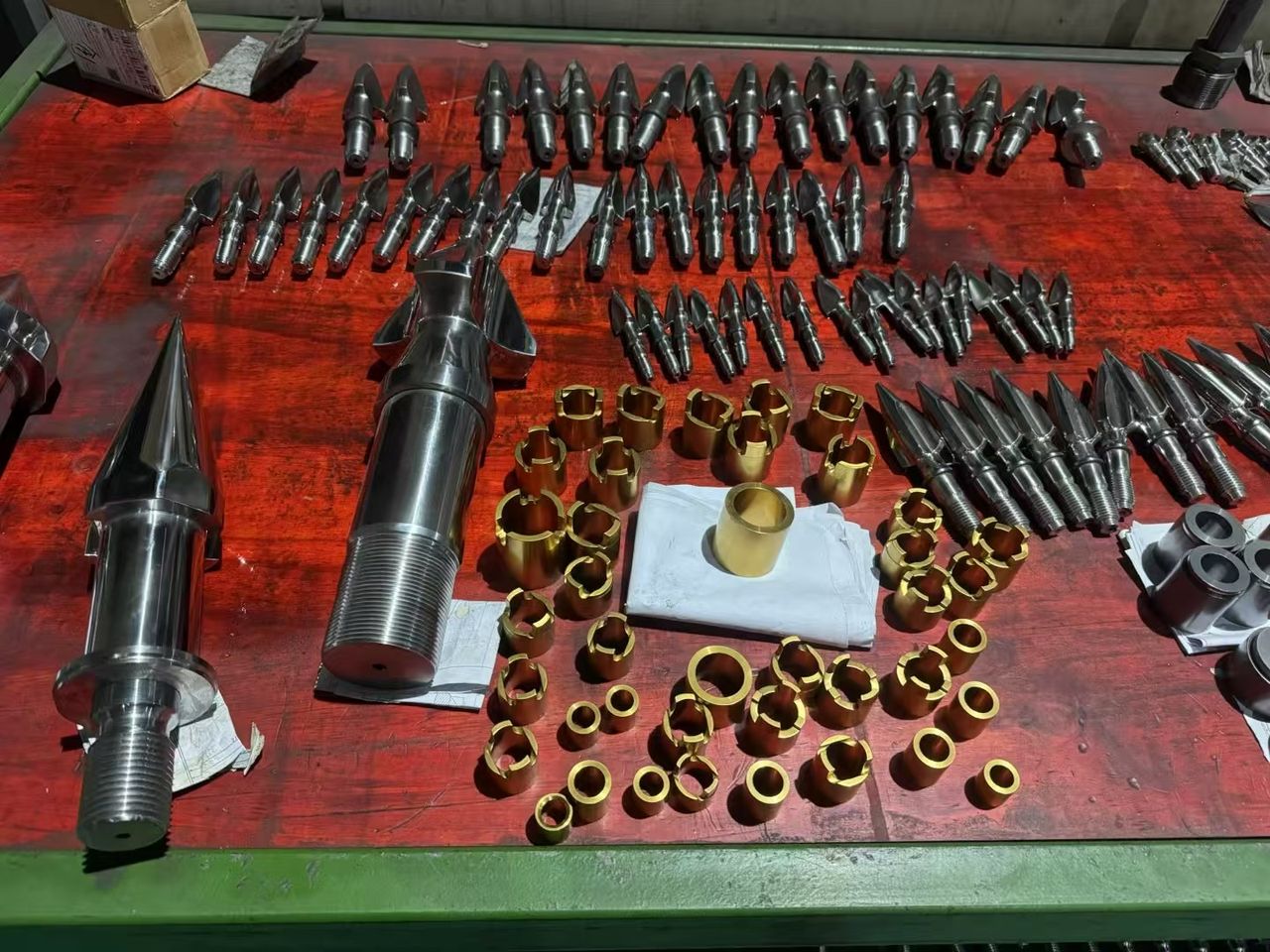
Advanced Machining and Surface Technologies
-
Nitriding for hardness up to HV1000, perfect for abrasive resins.
-
HVOF tungsten carbide coating for recycling screws, boosting life by 30%+.
-
Electroplating (chrome, titanium) for hot or corrosive setups like PVC processing.
Customized Screw and Barrel Design for Extrusion and Injection Molding
-
Injection Molding Barrel (up to 8000 mm length): CNC-machined for pinpoint straightness and toughness, great for long runs.
-
Bimetallic Injection Molding Screw: Budget-savvy yet rugged, handles 15–50% glass fiber plastics like nylon blends.
-
Solid Carbide Screw: Tackles up to 75% glass fiber, blending strength with long life for heavy-duty jobs.
These fit industries like automotive or medical, where zero hiccups are key.
Global Service, Fast Delivery, and OEM/ODM Capabilities
-
Over 4,600 projects worldwide, from Asia to Europe.
-
Stock screws ship in 3 days; custom ones soon after CAD approval.
-
Serving 30+ countries with OEM/ODM solutions.
CHUANGRI SCREW turns cleaning into a snap, not a headache, keeping your line humming.
FAQ
Q: What is the best extruder screw cleaning method for a long lifespan?
A: Purging compounds with brass tools for final cleanup. They dodge heat damage and abrasion, protecting nitrided and bimetallic layers.
Q: Which brand makes durable extruder screws for frequent cleaning cycles?
A: CHUANGRI SCREW shines with bimetallic and solid carbide screws, built for tough cleaning and gritty resins.
Q: How to choose between resin purging and purging compounds for screw cleaning?
A: Resin purging saves cash for small setups. Purging compounds are quicker and safer for high-output shops switching colors often.
Q: Extruder screw vs. barrel cleaning — which is more critical for quality output?
A: Both matter, but screw cleaning hits melt quality harder. A grimy screw tank’s efficiency, even with a solid barrel.
Q: What are the top recommended extruder screw types for recycling applications?
A: CHUANGRI SCREW’s Recycling and Pelletizing Screw with HVOF tungsten carbide coating handles filled, corrosive resins without wearing out fast.
